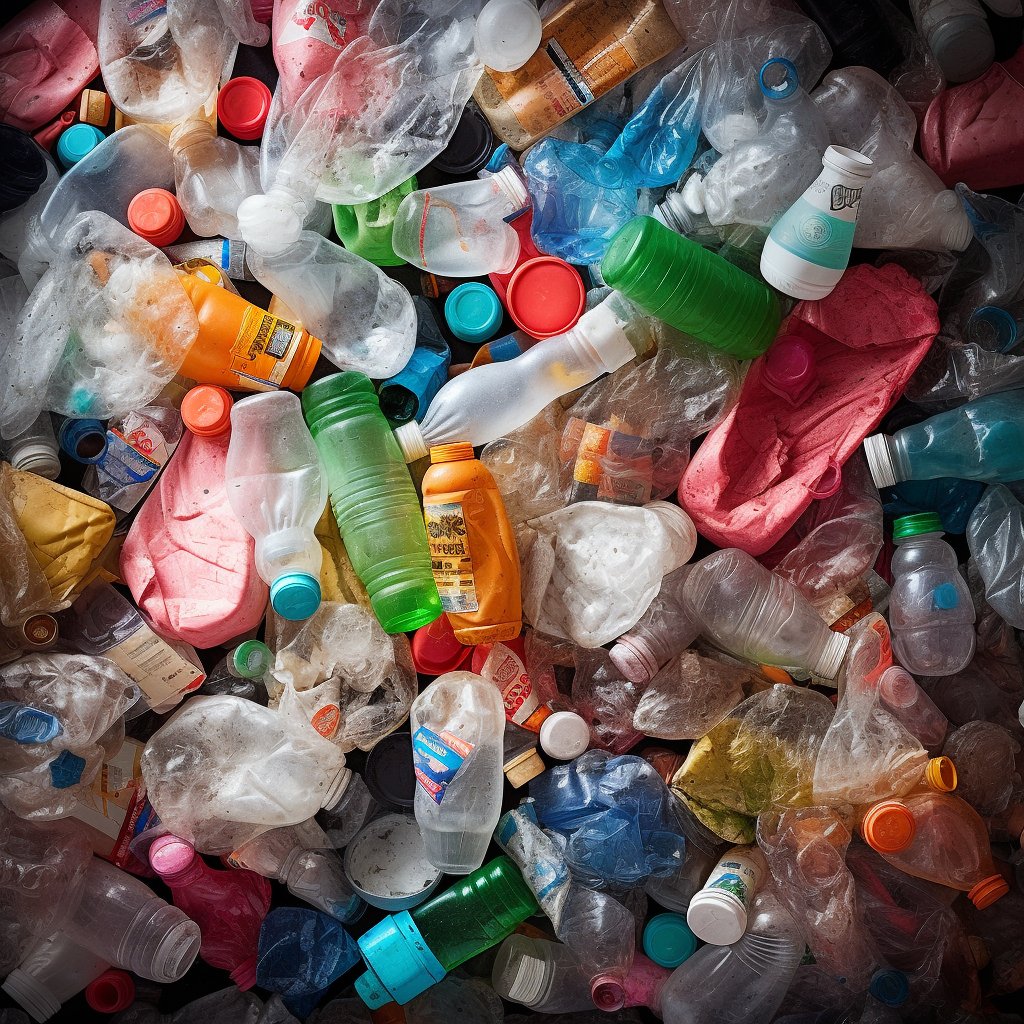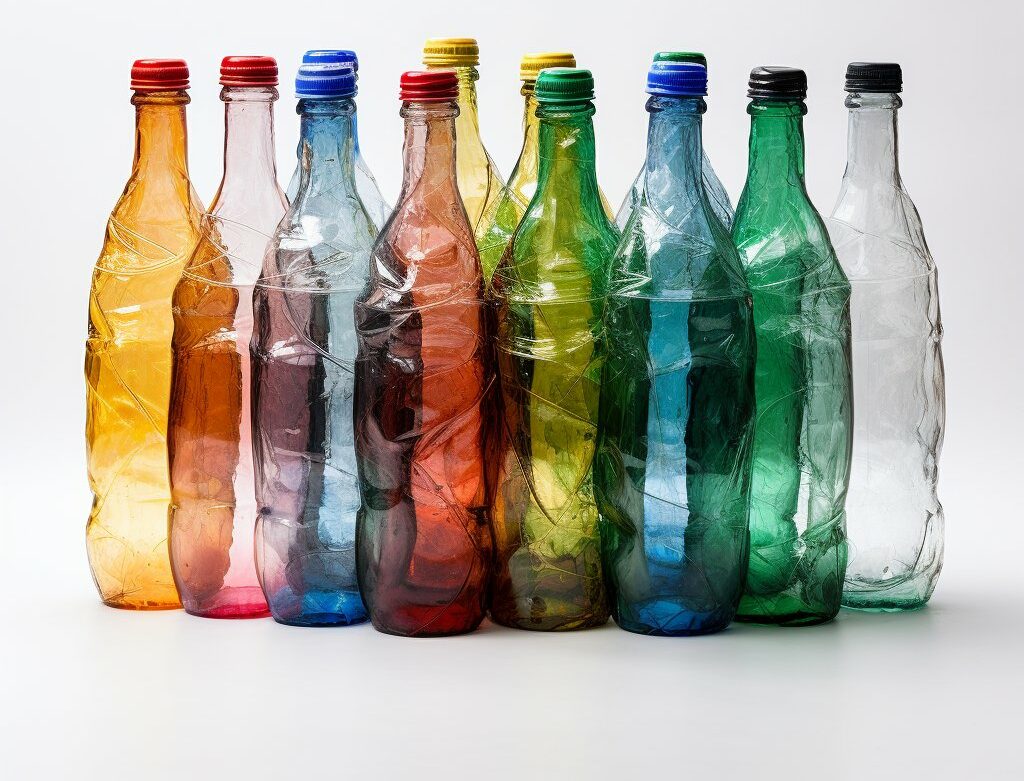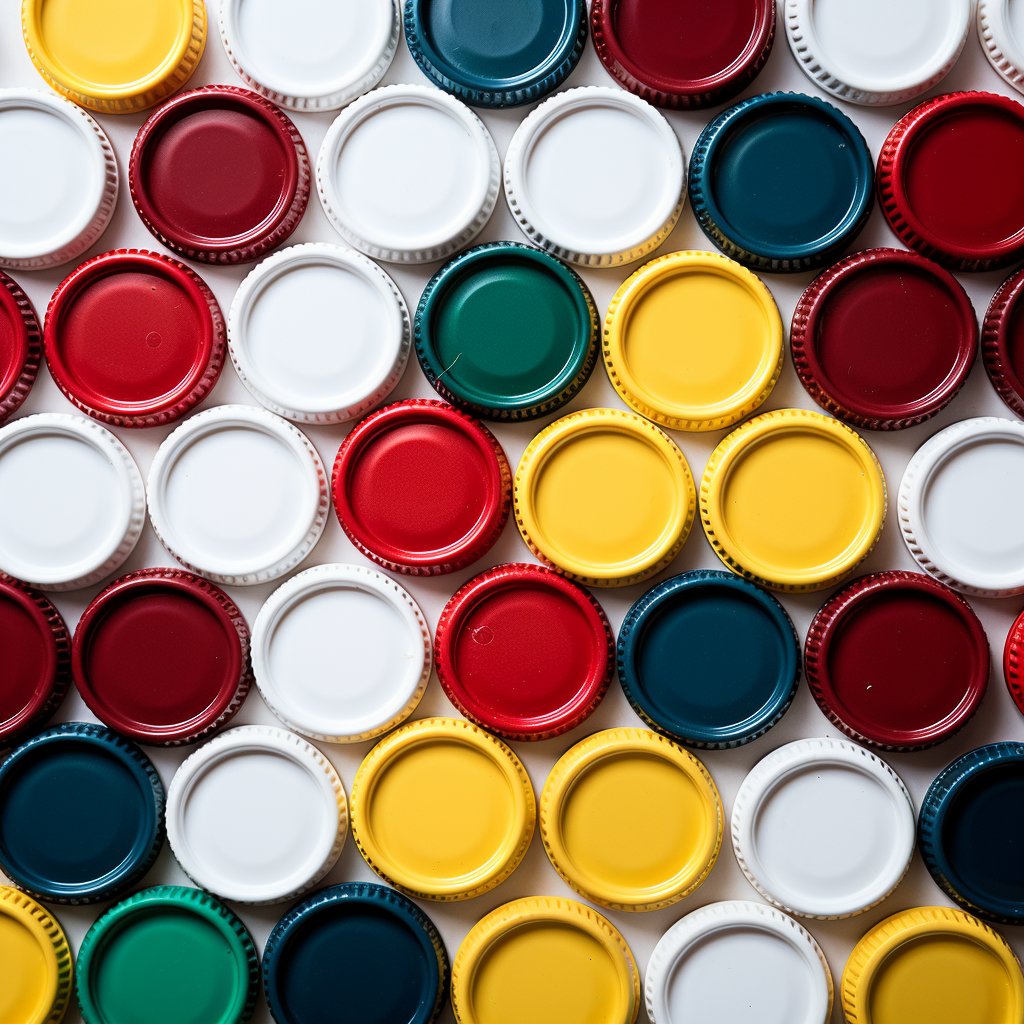Polylactic acid (PLA) is a biodegradable and compostable thermoplastic that has gained increasing attention recently as a more environmentally friendly alternative to traditional petroleum-based plastics. PLA is derived from renewable plant-based sources, making it a more sustainable material choice, and it can be used in a wide range of applications, from packaging to textiles and consumer products. However, while PLA has many advantages, it also presents some challenges, such as its biodegradability and recycling requirements, which must be carefully considered.
Polylactic Acid (PLA) is a biodegradable, thermoplastic polymer that has become increasingly popular in the plastic industry. PLA is derived from renewable resources such as corn starch, sugarcane, and cassava. The increasing demand for sustainable and eco-friendly materials has driven the popularity of PLA.

Industrial Usage of PLA
Raw Materials Used to Produce PLA: PLA is produced from lactic acid derived from renewable resources. Lactic acid is produced through the fermentation of glucose, which is extracted from renewable resources such as corn, sugarcane, and cassava. The lactic acid is then polymerised to produce PLA.
Production Process of PLA: PLA is produced through a two-step process. The first step involves the production of lactic acid through the fermentation of glucose. The second step involves the polymerization of lactic acid to produce PLA.
Types of PLA Used in the Industry:
- Several types of PLA are used in the industry, including high-heat PLA, PLA/PHA blends, and PLA/PBAT blends.
- Advantages of Using PLA in the Industry: PLA is biodegradable and compostable, making it an eco-friendly alternative to traditional plastics. It has a low carbon footprint, produced from renewable resources. PLA is also lightweight, making it ideal for use in the packaging industry.
- Limitations of Using PLA in the Industry: PLA has limited heat resistance and mechanical properties, making it unsuitable for high-temperature applications. It also has a lower impact strength than traditional plastics.
Application Areas of PLA
- Medical Industry: PLA is used in the medical industry to produce surgical sutures, implants, and drug delivery systems.
- Packaging Industry: PLA is used in the packaging industry to produce food packaging, disposable cups, and bags.
- Automotive Industry: PLA is used in the automotive industry to produce interior components such as door panels and dashboards.
- Textile Industry: PLA is used in the textile industry to produce fibres for clothing and textiles.
- Electronics Industry: PLA is used in the electronics industry to produce casings for electronic devices.
- Construction Industry: PLA is used in the construction industry to produce insulation materials and building components.
Examples of Consumer Products Made with PLA
Food Packaging: PLA is used to produce food packagings such as containers and cutlery. This is because PLA is a suitable material for food contact applications and is biodegradable, making it a more sustainable alternative to traditional plastics.
- Disposable Cutlery: PLA cutlery is becoming increasingly popular in restaurants and cafes as a more eco-friendly alternative to traditional plastic cutlery.
- 3D Printing Filaments: PLA is used as a 3D printing filament due to its biodegradability and ease of use.
- Textile Fibers: PLA fibers are used in clothing and textiles, particularly in athletic wear and activewear production.
- Cosmetic Containers: PLA produces cosmetic containers such as lipstick tubes and mascara tubes due to its biodegradability and suitability for cosmetic applications.
Material Properties of PLA
- Mechanical Properties of PLA: PLA has good mechanical properties, including high tensile strength, stiffness, and low elongation at break. However, it has a lower impact strength compared to traditional plastics.
- Thermal Properties of PLA: PLA has a relatively low glass transition temperature, which limits its use in high-temperature applications. However, high-heat PLA has been developed to overcome this limitation.
- Biodegradability of PLA: PLA is biodegradable and compostable, which makes it a more sustainable alternative to traditional plastics. However, it requires specific composting conditions to degrade properly.
Future Trends in Recycling PLA
Current State of PLA Recycling: While PLA is biodegradable and compostable, it is not easily recyclable due to the lack of appropriate recycling facilities. Most PLA products end up in landfills or incineration facilities, contributing to environmental pollution.
Advances in PLA Recycling Technology: Advances in PLA recycling technology have been made in recent years, including developing chemical recycling processes and using enzymes to break down PLA.
Challenges and Opportunities in Recycling PLA: One of the challenges of recycling PLA is the need for specialized facilities and processes to handle the material. However, the increasing demand for sustainable materials and the development of new recycling technologies offer opportunities for the growth of PLA recycling.
Market Price Developments of PLA
The market price of PLA is influenced by various factors such as the cost of raw materials, production processes, and demand-supply dynamics. In recent years, the market price of PLA has become more competitive due to advancements in production technology, economies of scale, and government support for sustainable materials.
Global Impact of PLA
PLA has the potential to reduce the environmental impact of the plastic industry. As a biodegradable and compostable material, it can potentially reduce waste accumulation in landfills and oceans. However, its impact depends on the proper disposal and recycling of the material.
Future Market Prognosis of PLA
The future market prognosis of PLA looks promising, with increasing demand for sustainable materials and government support for eco-friendly solutions. The market for PLA is expected to grow significantly in the coming years, with a focus on research and development of new applications and recycling technologies. The increasing use of PLA in various industries, such as packaging, textiles, and automotive, is expected to drive the demand for the material. However, the market growth of PLA is also dependent on overcoming the challenges of its recycling and disposal, which requires the development of appropriate infrastructure and facilities.
In conclusion, polylactic Acid (PLA) is a promising material that has gained attention in recent years due to its eco-friendliness and potential to reduce the environmental impact of the plastic industry. While it has several advantages and applications in various industries, its limitations include its lower impact strength and the need for specialised recycling facilities. However, the increasing demand for sustainable materials and advances in recycling technology offer opportunities for the industry’s growth. PLA’s future market prognosis looks promising, focusing on research and development of new applications and recycling technologies.
Environmental Impact of PLA
The environmental impact of PLA is generally lower than that of traditional petroleum-based plastics. PLA is biodegradable and compostable, which means it can break down into natural elements and return to the environment. However, the effectiveness of PLA’s biodegradability is highly dependent on proper disposal and composting conditions. If not disposed of properly, PLA can still contribute to environmental pollution and harm wildlife. Additionally, the production of PLA requires land, water, and energy resources and may produce greenhouse gas emissions. Therefore, the environmental impact of PLA must be carefully considered and balanced against the benefits it offers.
Economic Impact of PLA
PLA is a relatively new material that is still being developed and refined, but it has the potential to create a significant economic impact. The demand for sustainable materials, along with government support for eco-friendly solutions, has increased the production and use of PLA globally. This has created opportunities for businesses involved in the production, distribution, and recycling of PLA, as well as research and development of new applications and technologies. Additionally, the use of PLA can help companies meet sustainability goals and attract environmentally conscious consumers. However, the cost of producing and recycling PLA is still relatively high compared to traditional plastics, which may limit its market adoption and economic impact in the short term.
PLA and Recycling
Recycling is an important consideration for any material, including PLA. While PLA is a biodegradable material, it is essential to note that it requires specific conditions to biodegrade properly, such as industrial composting facilities that maintain specific temperature and humidity conditions. Therefore, PLA is unsuitable for traditional recycling processes using heat and mechanical forces to melt and reform plastics. However, there are emerging technologies and innovations in PLA recycling, including chemical recycling, which can convert PLA back into its original monomer form for further use in manufacturing. Additionally, PLA can be blended with other materials for recycling, such as polyethene terephthalate (PET), commonly used in plastic bottles. This allows for creation of more complex materials that retain some of the desirable properties of PLA while also enabling recycling through existing infrastructure.
The Importance of Recycling PLA
Recycling PLA is essential for several reasons. First, it helps reduce waste accumulation in landfills and oceans, which is a major environmental issue. Second, it allows for the conservation of resources and energy, as recycled PLA can be used to create new products without the need for new raw materials. Lastly, it supports the circular economy, which emphasises the reuse of resources and materials in a closed-loop system.
The impact of Polylactic Acid
The impact of polylactic Acid (PLA) worldwide is complex and multifaceted. On the one hand, PLA offers a more eco-friendly alternative to traditional petroleum-based plastics, potentially benefiting the environment and economy. However, its effectiveness in reducing environmental impact is highly dependent on proper disposal and composting conditions, and its production and recycling costs may limit its market adoption in the short term. Nevertheless, the growing demand for sustainable materials, along with advances in recycling technology and research and development of new applications, offer promising opportunities for the growth of the PLA industry. As with any material, careful consideration must be given to the environmental and economic impact of PLA and its potential benefits to make informed decisions about its use and development.
Polylactic Acid (PLA) is a biodegradable, thermoplastic polymer that has become increasingly popular in the plastic industry due to its eco-friendliness and renewable nature. Despite its limitations, PLA has several advantages and applications in various industries, including medical, packaging, automotive, textile, electronics, and construction. As the demand for sustainable materials continues to grow, advances in PLA recycling technology offer opportunities for industry growth.






